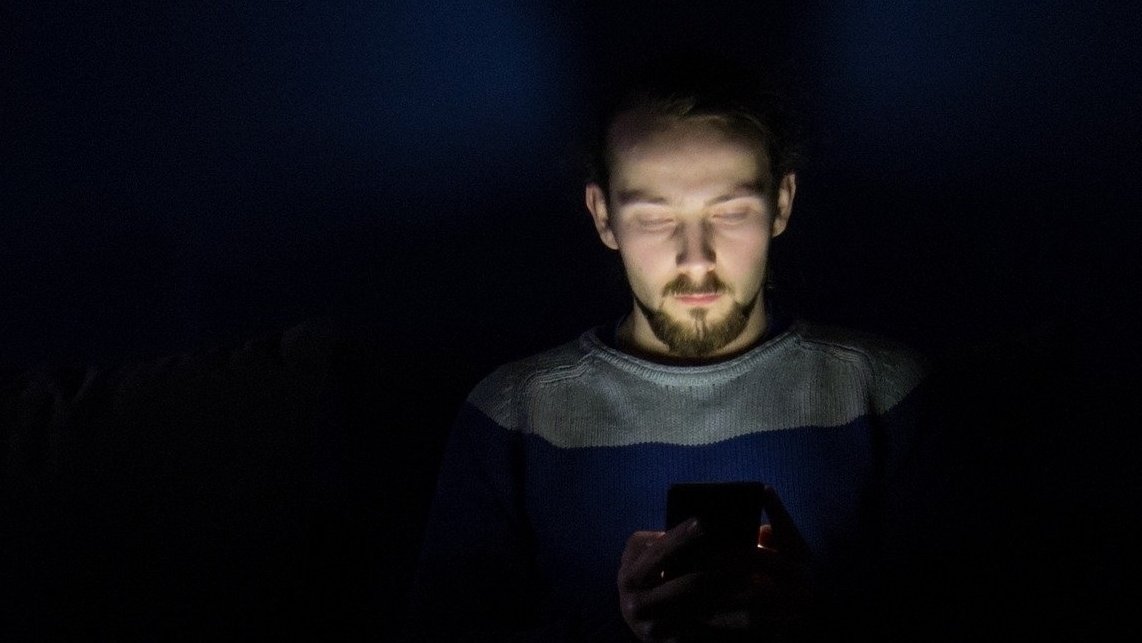Instagram addiction visible in the brain scan
Source: Heise.de added 29th Dec 2020For a long time there was a consensus among psychologists and psychiatrists to only speak of addictions in connection with substances such as alcohol or other drugs. The first official exception was made by US psychiatrists when they 2013 described “gambling disorder” in their diagnostic manual. This was justified by the fact that gambling in those affected activates the reward system in the brain similar to an externally administered substance in drug addicts.
2019 the World Health Organization (WHO) included computer game addiction (“gaming disorder”) in its diagnostic manual. The tenth edition of the ICD (International Classification of Diseases) with the new disorder is supposed to decrease 2022 in the member states. Critical voices describe this step as hasty.
Now a team around the radiologist Nisha Syed has published Nasser of the Putra University in Serdang, Malaysia, indications of an Instagram addiction. The doctors used an MRI scanner to examine brain activation of students with problematic Instagram behavior. For the study, around 15 young adults provided information about their online behavior and answered twelve questions such as “How often does it happen to you that you stay on Instagram longer than you want? ”The students weighted their respective assessment from 1 to 5. Anyone who scored more than half of the achievable points was considered at risk.
Magnetic resonance imaging revealed differences in the brain activity of intensive Instagram users compared to occasional users, especially conspicuous in the left and right precuneus (red), a region of the parietal lobe in the cerebrum.
(Image: Putra University Serdang)
Nasser’s team chose using the questionnaire 15 People with problematic Instagram usage behavior and 15 control persons. It showed these participants typical Instagram pictures in the brain scanner. At the push of a button, the test subjects could like or click on a picture. The researchers observed a relatively strong activation of the reward system as well as a deactivation of the control network in the brain of Instagram users with addictive behavior, especially in the case of negative images. These showed people in risky situations, such as taking a selfie at a dangerous height, on train tracks or while chatting while driving. Activation differences in the left precuneus, a region of the parietal lobe in the cerebrum, allowed the recognition of Instagram addiction in the brain, according to the researchers.
According to the self-reports of the participants, there were clear differences between the two groups: the “Instagram addicts” use their smartphones an average of 7.5 hours a day, 2.5 of them for photo and video services. The control group lasted 3.5 hours Smartphone usage and up to one hour of Instagram per day significantly less.
Addiction and cause Critics of such diagnoses as computer game, internet or now even Instagram addiction point out that people with social or psychological problems use different strategies to suppress negative feelings such as boredom, fear or sadness. By treating the evasive behavior, the doctor could overlook the actual cause of the problem – the group with the problematic behavior en actually stated significantly higher values for anxiety, depression and stress in the new study. It remains unclear whether these are the consequences of their online behavior or, conversely, its cause.
The study by the Malaysian researchers should not only be viewed with caution for this reason. Your sample was very small and not representative. The differences in brain activation between the groups were also small. To explain the alleged appeal of the negative images, it does not fit that these were liked less often than neutral photos Have new diagnoses justified. The research team is now investigating brain activation in Facebook users.
c’t 1 / 2021 This article comes from c’t 1 / 2021. We advise you on the selection and setup of network storage for the home and test suitable NAS empty enclosures. In another focus, we shed light on the security of health insurance apps and card terminals and show how you can analyze Android apps for e-health yourself. Also explosive: A server error enabled hosters to steal their identity and Schufa wants to screen private accounts. We have tested keyboards for frequent writers, telephone systems for the home office and much more. c’t 1 / 2021 is now available in the Heise shop and at the well-stocked magazine kiosk.
(agr)
brands: longer New Office other Team media: Heise.de keywords: Android Facebook Gaming Instagram Internet Server
Related posts
Notice: Undefined variable: all_related in /var/www/vhosts/rondea.com/httpdocs/wp-content/themes/rondea-2-0/single-article.php on line 88
Notice: Undefined variable: all_related in /var/www/vhosts/rondea.com/httpdocs/wp-content/themes/rondea-2-0/single-article.php on line 88
Related Products
Notice: Undefined variable: all_related in /var/www/vhosts/rondea.com/httpdocs/wp-content/themes/rondea-2-0/single-article.php on line 91
Warning: Invalid argument supplied for foreach() in /var/www/vhosts/rondea.com/httpdocs/wp-content/themes/rondea-2-0/single-article.php on line 91
